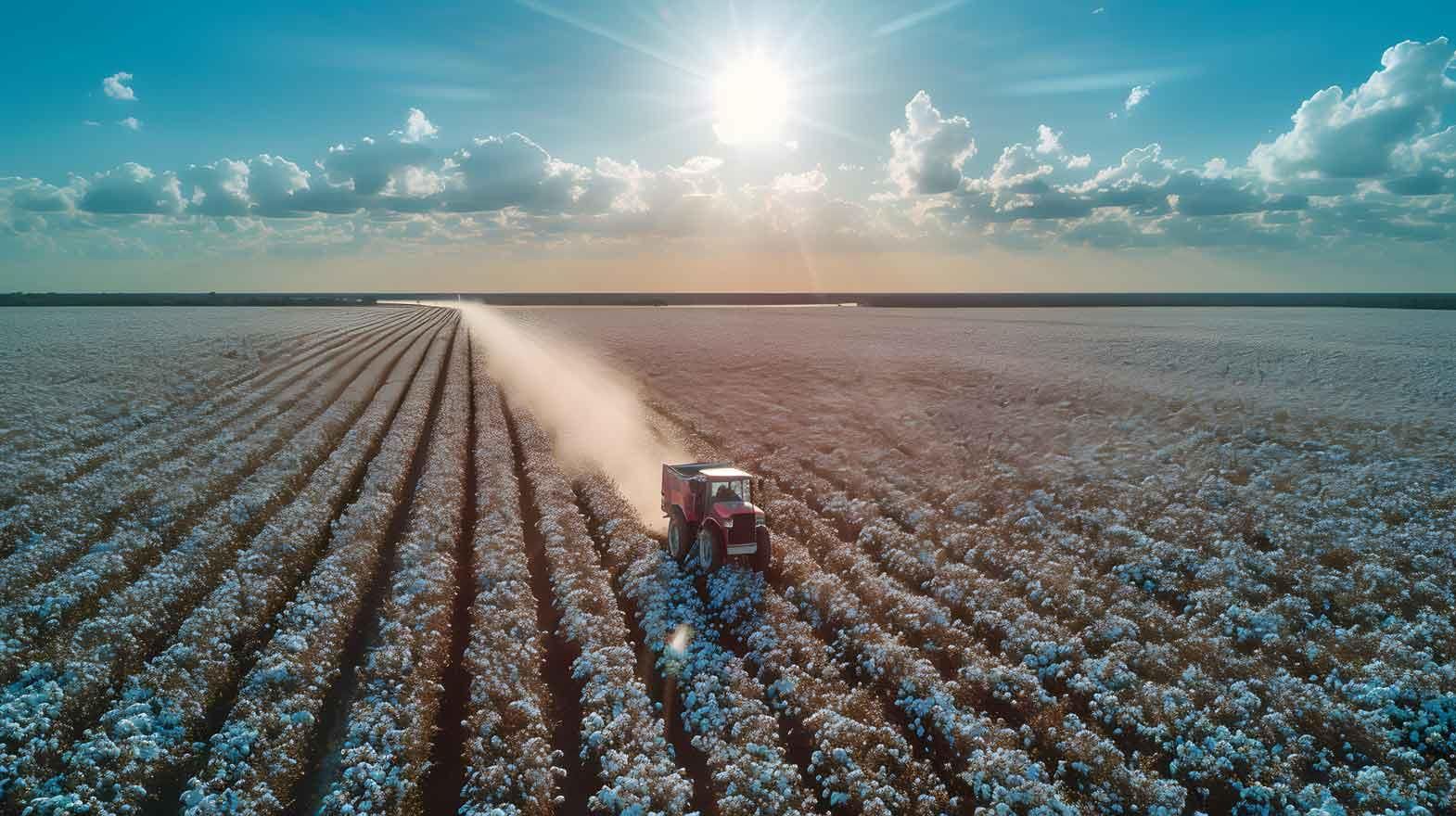Transforming the weaving and cotton farming processes can lead to better and more extensive production of this highly sought-after commodity. One particular innovation has the potential to revitalize the textile industry while also improving the lives of rural cotton farming communities. Weavers in raw cotton-producing villages often have no choice but to source cotton yarn from distant mills, and cotton farmers sell their raw cotton bales to ginning mills, which then supply them to spinning mills. The solution to save time and effort was to spin the cotton locally in the villages. However, due to financial constraints and the challenges of matching the economies of scale achieved by large spinning mills, this was deemed nearly impossible.
This challenge gave rise to the idea of creating micro-spinning machines and technology that could empower cotton farmers while increasing their yields. Such machines have the potential to integrate the entire cotton production value chain. This technology can tap into the traditional cotton spinning and weaving population in villages, generating employment opportunities and improving yields. Micro-spinning allows a shift from bulk production to a more flexible and efficient approach, benefiting farmers by ensuring better prices for their produce.
Miniature spinning machines simplify complex spinning operations and streamline processes through user-friendly technology. These micro-spinning machines are capable of performing the tasks of an opener cum carder, a draw frame, a ring frame, and a flyer frame effectively. Despite their small size compared to modern spinning mills, they manage to execute lengthy operations with fewer steps.
The cotton produced using these micro-spinning machines is unique, making it in demand among high-end designers and local brands for crafting cotton garments. Unlike most spinning mills that compress cotton into bales, these micro-spinning machines gently handle the fibers, preserving their springiness. Fabrics woven from such cotton exhibit distinct softness, swing, fall, and drape. The use of small and flexible production lines allows for end-to-end integration of the value chain in a decentralized sector.
One of the key features of cotton fibers produced through micro-spinning is the gentle treatment of cotton, resulting in excellent yarn quality. Additionally, the micro-spun yarn naturally has slubs, giving it a khadi and linen-like finish, which enhances breathability and adds a unique texture to the fabric.
A micro spinning process consists essentially of an integrated process of the blow room line of machine and carding. This machine is the reason for producing superior quality cotton textiles. It is a low touch machine relying on aerodynamics and buoyancy to handle fibres unlike modern and heavy spinning machines that work on the principle of adding force. It is this combination of blowing and carding that makes this cotton so special. Ginned cotton lint is used in these machines. The pre-spinning process includes a carder, a draw frame and a fly frame processing 20 kilograms of lint in 8 hours. The microprocessor controls are present in the micro spinning machines which eliminates the requirement for complex gears. The spinning can be done on a single 240 spindle ring frame and even on 20 12 spindle motorized charkhas.
At present a cotton farmer earns Rs. 90 per kilogram at market price. But with the aid of micro-spinning technologies and by easily converting cotton into yarn and the latter into fabrics, a cotton farmer can now earn Rs. 1400 per kilogram. This can encourage farmers and traditionally functioning cottage industries in rural areas to realize the full value of their cotton crop and also transform the economies of cotton producing regions in the country.
The micro spinning of cotton is an innovative and life-changing technology which eliminates not only middlemen in the cotton industry but also integrates farmers in the value chain and uses a process of producing yarn with shorter processes. In fact the model is ready to be developed in various cotton producing regions of India along with financial support from the government in developing the sector at grass root levels.
References:
1. Ximb.ac.in
2. Thehindu.com
3. Microspin.co.in
4. Bhoomimagazine.com








Comments